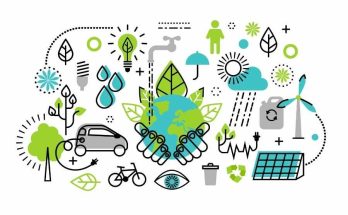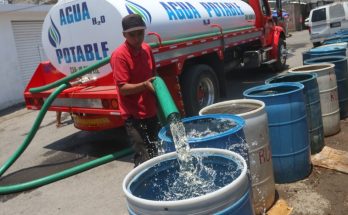By Alejandro Angulo
The Sixth Annual Report states, “In Latin America and the Caribbean, data coverage has been expanded to follow the evolution of an increasing number of indicators and goals. The United Nations Economic Commission for Latin America and the Caribbean (ECLAC) estimates that only 25% of the goals for which information is available indicate the possibility of their fulfillment by 2030 or, in some cases, that have been fulfilled. By contrast, 48% of the goals indicate they are on the right path but cannot be fulfilled, and the remaining 27% show a backward trend.”
According to the report, «it is estimated that 75% of the goals are at risk of not being met unless innovative and transformative actions are implemented to reorient their trajectory towards 2030… The public policy apparatus must undergo a structural reconfiguration in which the central actors of development participate.»
The document proposes the concept of «resilience of futures,» which consists of anticipating and facing risks and crises, learning from them to rethink and renew organizations. But there is an essential role in public responsibility for sustainable development processes, and the next session, in 2030, is fast approaching.
A policy transition is proposed for that session with significant changes in public practices. This leads to a transition from attention to the immediate, to prospective analysis. The focus needs to shift from economic growth to sustainable development; from crisis management to development planning; from a focused look to a strategic vision; from addressing the situation to managing structural change. All this without neglecting the crisis and immediate needs. It is a matter of managing current dilemmas through public policy in accordance with circumstances, the current situation, and a vision of the future.
The report states, “The progress in meeting the different goals, as well as the statistical information available for monitoring, are very heterogeneous. For example, for several goals, such as Sustainable Development Goal (SDG) 1 (no poverty), SDG 11 (sustainable cities and communities), SDG 13 (climate action) and SDG 16 (peace, justice, and strong institutions), forecasts based on available data suggest that the desired thresholds will not be reached by 2030. For another set of goals, such as SDG 5 (gender equality), SDG 6 (clean water and sanitation) and SDG 10 (reduction of inequalities), projections based on existing data indicate that fewer than 15% of its indicators are forecast to achieve the expectations set for 2030. In addition, some goals demonstrate regressions with respect to the starting point in 2015. This is the case of SDG 6 (clean water and sanitation), SDG 10 (reduction of inequalities), SDG 12 (sustainable production and consumption) and SDG 13 (climate action), over 40% of whose indicators show regressive trends with respect to the initial point.” But there is good news regarding “targets for programs to promote sustainable consumption and production, waste reduction, sustainable corporate practices, R&D support to promote sustainable development in developing countries, fossil fuel subsidies, conservation of coastal and marine zones, sustainable management of forests, conservation of mountain ecosystems, use of genetic resources, prevention of invasive alien species, international cooperation in science and technology, capacity building related to Information and Communication Technology (ICT), capacity building related to the SDGs, and the average tariff faced by least developed countries.”
According to the report, “South America presents the least relative number of goals in which a regression is observed (31%), while Central America and the Caribbean are the sub-regions in which the percentage of goals in this situation is higher (40% in both cases). If Central America and Mexico are considered as a block, the number of goals in which the prognosis is good represents 30% of the total. In the case of South America, the proportion is 29%, and in the Caribbean, 23%.
(To be continued)




